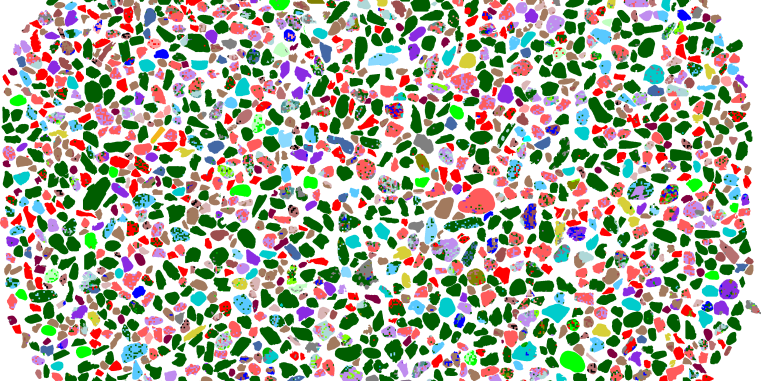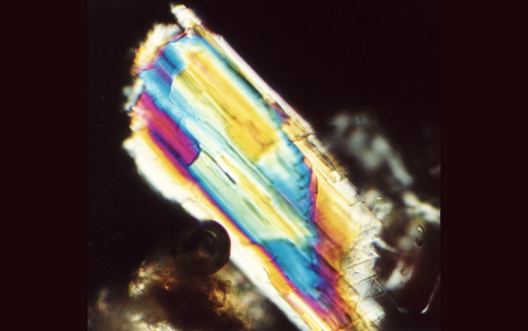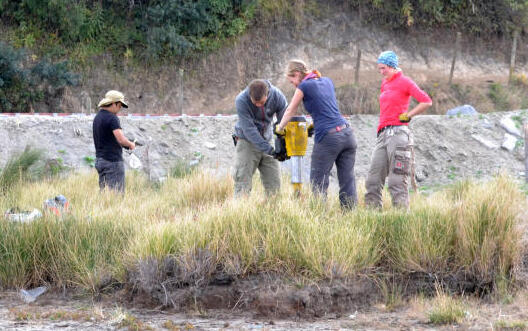
















The Sedimentology group investigates sediments and sedimentary rocks as well as the processes leading to their formation.
The focus of the working group is on siliciclastic sedimentary systems. Siliciclastic sedimentary rocks are archives, and each individual grain contains encoded information about the formation conditions that prevailed at the time of erosion, transport, and deposition.
Deciphering this information and interpreting it in the context of autogenous, climatic, tectonic, and anthropogenic control factors forms the heart of provenance analysis. An essential task is the textural, petrographic, mineralogical, and chemical characterization of various sedimentary constituents (e.g., rock fragments, heavy minerals).
We work in an actualistic way, i.e. we use knowledge gained from the study of modern sediments to reconstruct past Earth surface processes based on sedimentary rocks preserved in archives.

Clastic sediments and sedimentary rocks form through weathering and erosion on the continents. On the way from their source (usually the mountains) to their final deposition (usually the oceans) they store information about Earth surface conditions. This information can be decrypted using provenance analysis: The petrographical, mineralogical, and chemical composition depends on the source rocks, the climate, and transport processes. Using this information, we can reconstruct past Earth surface conditions.

Tsunamis flood coastal plains and deposit sediment. The spatial distribution of these sediments, their grain-size distributions and characteristic sedimentary structures reflect the hydrodynamic conditions during inflow and outflow. When combined with age dating methods, these data allow for the reconstruction of tsunami event magnitudes and ages in historic and geologic times. The calculation of recurrence intervals of tsunami events helps to assess hazards affecting coasts and coastal societies.
Die Entwicklung tektonostratigraphischer Terranes in den südlichen Zentralanden (PI: Heinrich Bahlburg, 1997-2000)